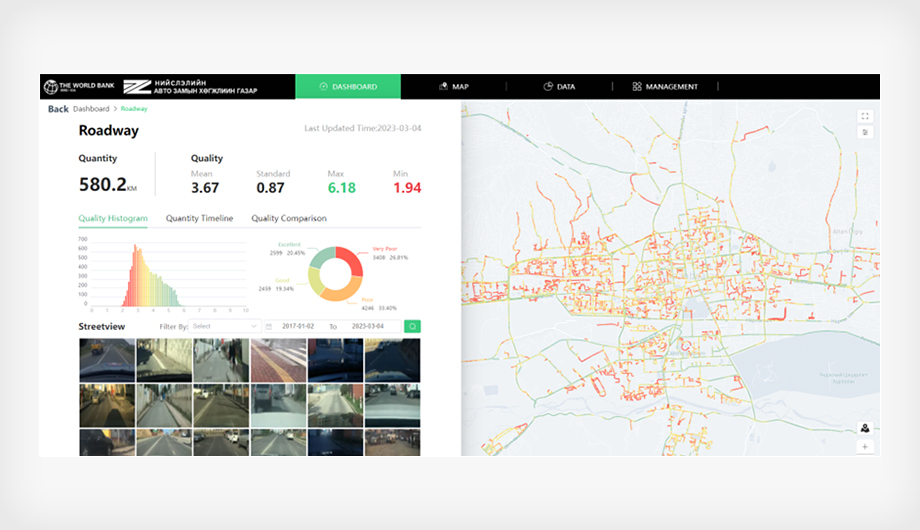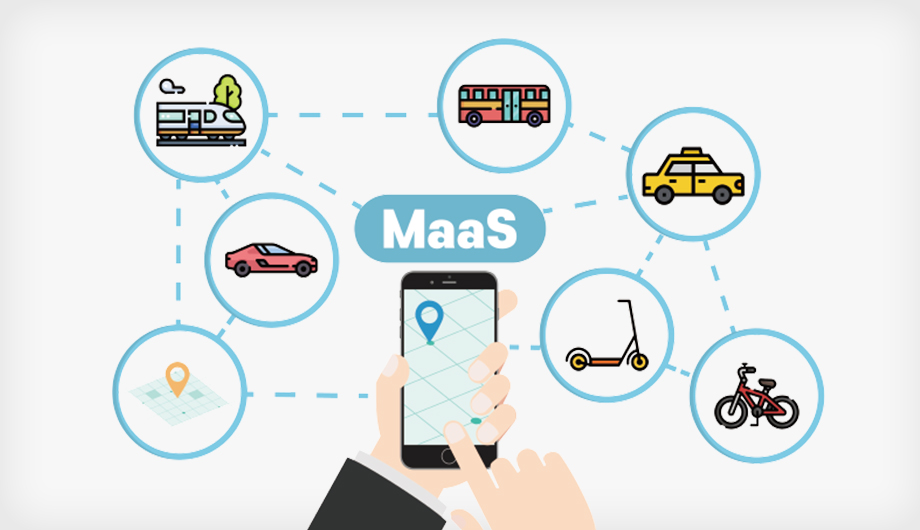Component 3
The activities proposed to be included in the component are built upon results and outputs produced by previously conducted analytical activities by the World Bank team and intend to fill critical gaps. This component includes seven analytical studies, in addition to project management and implementation support.

Sustainable Urban Mobility Strategy for Ulaanbaatar
This strategic study will build a coherent vision and the long-term overall strategy to build a sustainable urban transport system to benefit all users. Its scope includes institutional, financial, and technical recommendations and action plans, covering land use planning, pricing, and TDM measures. This strategy will be supported by accessibility and congestion analyses.

Parking Management Plan
This subcomponent will encompass:
Carrying out a diagnostic, assessing, and documenting the existing supply of parking;
Developing parking methodology options for forecasting parking demand and selecting the preferred option and;
developing a parking business plan.
The business plan will comprise reviews and guidelines on operating parking as a business and a service, privatisation of management, scope for public-private partnerships, and civilianization of enforcement.

The Ulaanbaatar Medium and Long-term Public Transportation Development Plan
During its implementation, the project will focus on identifying development trends in Ulaanbaatar’s public transport sector while integrating international best practices and citizen travel demand. The subcomponent will define long-term and medium-term strategic goals for the development of public transport, as well as relevant policy documents.
These public transport sector improvement documents will guide Ulaanbaatar to improve public transport services and the financial sustainability of the public transport sector through a series of detailed technical assistance and analytical works. The subcomponent is aimed at improving the public transport sector’s competitiveness with the use of private cars, bus operations and management, customer service, identifying potential areas for private sector participation, developing viable contract structures for these potential areas, and assessing the added values of private sector involvement.

Transport Infrastructure Investment Planning and Management
The transport infrastructure investment planning and management documents will introduce a systematic and transparent process for planning transport investment projects in Ulaanbaatar in the medium and long term. The principal aspect of the TIIP will be to introduce life-cycle costing in infrastructure planning, operations, and management. The TIIP will cover both new construction and repair and maintenance of road investments. The TIIP guideline will integrate recommendations from existing analytical works by the World Bank and the International Monetary Fund.
The TIIP will incorporate the following key principles:
- Establish a multicriteria methodology for investment planning.
- Utilize innovative technologies, such as crowdsourcing of street-view images via Mapillary, use of flood simulation tools in risk assessment, and geographic information system-based accessibility analysis.
- Develop a screening methodology for public-private partnerships.
- Develop a low-cost life-cycle costing methodology for planning of transport investments.
- Link to fiscal capacity and long- and medium-term budget planning. • Encourage effective citizen participation.
- Mainstream of gender, climate change, and road safety considerations.

The Speed Management Plan
The Speed Management Plan will lead to more appropriate speeds on the road network and help identify appropriate traffic calming measures across Ulaanbaatar’s road network. The Speed Management Plan will comprise:
A needs assessment for speeding intervention,
Review of speed limits in Ulaanbaatar within the context of an FRH, and
Development of speed reduction measures.

Mobility as a Service (MaaS)
MaaS is the integration of various forms of transport services into a single mobility service accessible on demand. Introduction of MaaS facilitates a diverse menu of transport options, including public transport, ride, car, or bike sharing, taxi or car rental/lease, or a combination thereof, to meet the travel demand and improve accessibility, especially from/to areas where there is no existing public transport service. The aim of MaaS will be to provide an alternative mobility options to the use of the private car that may be equally convenient, more sustainable, and more affordable. This study will design and prepare guidelines to introduce MaaS at the best value proposition to Ulaanbaatar that enhances accessibility of mobility of citizens.

Road Crash Data Platform
The DRIVER platform and tool will be adapted and deployed in Ulaanbaatar. DRIVER is a web based and open-source system for geospatially recording and analysing road crashes. Deployment of DRIVER will lead to the identification and prioritisation of data-driven remedial measures comprising engineering, education, and enforcement activities. The Transport Police has requested World Bank assistance to deploy the platform, and are ready for comprehensive collaboration.